Excerpts from the chapter “Watch Out! Kids on the Streets” in ‘Once Upon a City: Stories of Citizen Action in an Indian Megacity’. The book narrates the efforts and experiences of a group of citizens in Kolkata (as the NGO, PUBLIC) wanting a better city.
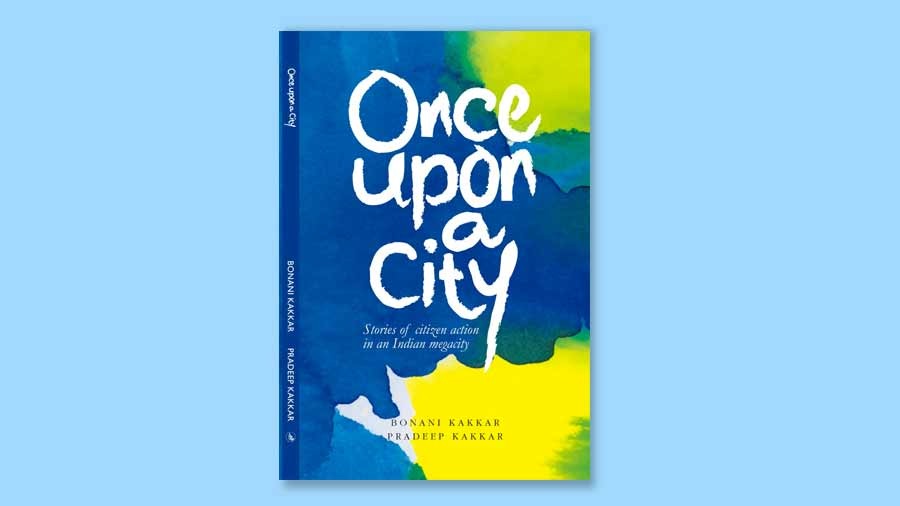
A is for Asthma
B is for Bronchitis
C is for Cancer
D is for Deafness
When students of several schools in South Calcutta came out on the streets with boards carrying these messages, little did they know that their campaign for lower emission and less honking would still be around when some of them had reached mid-career and would be pushing 50. They ranged in age from 10 to 17 and in school from La Martiniere (Boys and Girls) to Modern High, Hindi High and Mahadevi Birla. On some days their numbers were so large as to line both sides of a street for half a kilometre. And they were out to make Calcutta a healthier city.
It started innocently with a brainstorming session on setting an environmental agenda for Calcutta. To the group seated around the conference table in the US Information Service on Chowringhee, the environmental priorities for the city needed no brainstorming – they were all too obvious, having assaulted their lungs and ears during the short walk on the street from their cars to the venue. Rickety Ambassador taxis and wild minibuses (the driver’s door had “pilot” written on it) spewed black exhaust and honked till ear drums sagged with exhaustion. There was no question that something needed to be done about the air and noise pollution in the city.
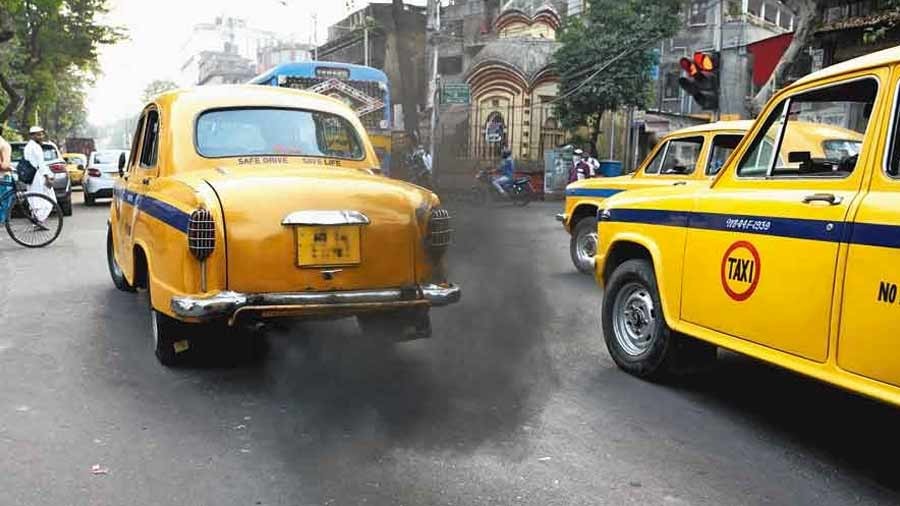
TT archives
Lal Mukherjee, perhaps the foremost ENT specialist in Calcutta, set the problem of incessant honking in a health context. Exposure to excessive noise, he said, has a wide range of consequences.… Among children, it could affect learning ability and even the hard wiring of the brain…. What was frightening to the group was his emphasis that the effects of excessive noise are long-term and irreversible.
From the other end of the table, Dr Saroj Gupta – who was already setting up what was later to become a nationally acclaimed centre for cancer – described how vehicular emission affects health. Here there were no surprises: cardiopulmonary diseases, brain functioning and cancer. The emissions did not have to be only the black visible smoke that we all were so used to seeing belching out from buses, 3-wheelers (“tempos”) and the omnipresent Ambassador taxis. Far greater damage was done by the tiny particles which were not visible to the naked eye and which when they entered our bloodstream could literally poison our innards. All that one had to do was breathe the city’s air.
We saw school children as an extremely effective medium for communicating
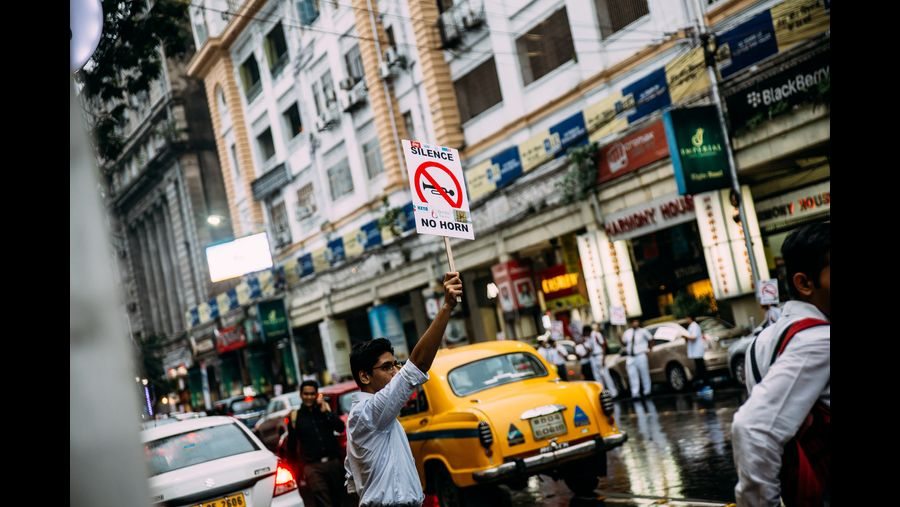
We thought it was extremely important to involve school children. In part this was to give them an opportunity to get out of their cloistered classrooms and see for themselves that they could attack a problem instead of just accepting it Shutterstock
Though it was a depressing meeting, it gave PUBLIC an agenda to work on – we would have to reduce decibels and emissions to make Calcutta a healthier and liveable city. If we were to live up to our NGO’s name, which included “Better Living in Calcutta”, then here was our chance.
Two factors played a big role in the strategy that we set following the brainstorm. The first was that we wanted to go beyond “creating awareness”... we very much wanted to act rather than simply preach. Secondly, we thought it was extremely important to involve school children. In part this was to give them an opportunity to get out of their cloistered classrooms and see for themselves that they could attack a problem instead of just accepting it. Also, we saw school children as an extremely effective medium for communicating – to the city, to their parents, as well as to the drivers across strata and vehicles. We also hoped that when these young citizens of the future campaigned for lower emissions and less honking, it would draw the media’s attention and civic agencies would be a trifle embarrassed.
……….
For ease of implementation, we decided to segregate the issues into two distinct packages (verticals, in today’s jargon) – emissions and honking needed to be on different platforms because the target groups and the messages had to be very different. For the former, it was the pedestrian we wanted to provoke into action: emissions, after all, were affecting the lungs of the person on the street. With honking, we decided to aim at the vehicle drivers and arouse guilt over the damage it was likely to cause to others.
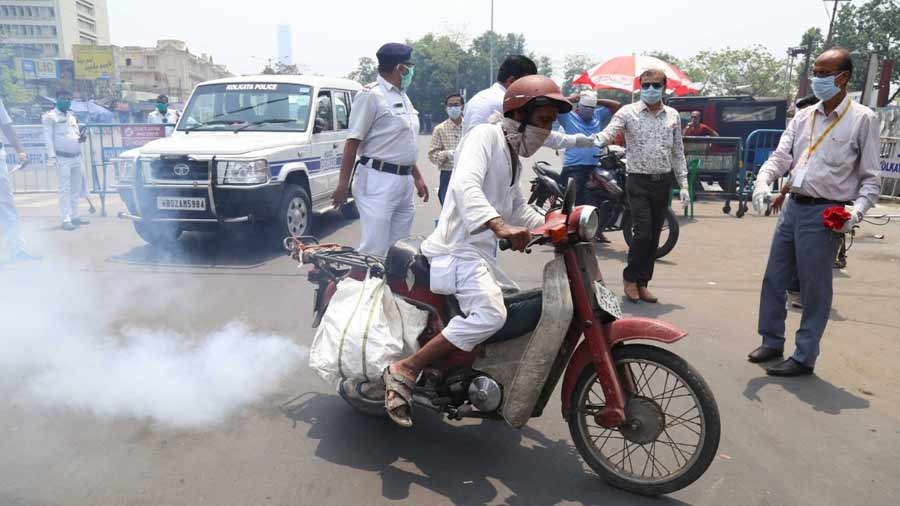
‘For emissions, it was the pedestrian we wanted to provoke into action: emissions, after all, were affecting the lungs of the person on the street’ Amit Datta
……………….
Why did the schools agree? Looking back at how the campaign evolved, we would like to point to the relevance of what we were proposing – cleaner air and quieter surroundings for their students and the novelty of the opportunity – a chance to actually grapple with problems that would affect the quality of life in Calcutta. Relevance stemmed partly from the widespread and persistent presence of the problem. Anyone who walked the streets or lived near a busy intersection didn’t have to be persuaded that something needed to be done about the black smoke and the incessant noise. Some teachers angrily stated that sometimes the students in classes facing the street could not hear the teacher because of the horns.
…………………..
There was also an element of novelty about school children coming out on the streets to demand their environmental rights (this was almost three decades before Greta Thunberg would launch her “school strike for climate” protest in 2018). Public display of the power of youth had, so far, remained confined to displays of patriotism when marching with the national flag. Principals of these schools welcomed this extension of the education process into real-world issues.
Response from the Police was very encouraging. When PUBLIC approached the Traffic Department of Calcutta Police with the two verticals – emissions and honking – we were apprehensive that we may be seen as well-meaning but irritating do-gooders, out to salve our middle-class consciences with a cause-of-the-month. But the reaction from the Deputy Commissioner, Sondhi Mukherjee, took us completely by surprise.
He was very willing to address a school assembly on how emissions from carelessly maintained cars and noise from uncontrolled honking affected the city, including traffic policemen on duty. Power Point had not arrived but the DC didn’t need the bells and whistles. His presentation to the assembly was straight from the heart – our city cannot be what we want it to be unless we take responsibility today for cleaner air to breathe and a quieter environment in which we could study and play and even hear the birds.
With respect to honking, we proposed a strategy focusing on “islands of silence”. These would be areas around schools and hospitals, already declared as silence zones under the law, that would see concerted street action that no driver could avoid. These silence zones had been notified under the Environment Protection Act of 1986 and defined as 100 metres around hospitals, educational institutions, and the courts. Use of horns, loudspeakers and the bursting of crackers was banned in these zones.
Dr Shivabrata Chatterji, our venerable and courageous advisor, made it very simple: each silence zone, he said, is a circular area covering about 3-hectares. Calcutta has 55 hospitals and 493 educational buildings recognised by the State government. Enforcing silence zones around just these buildings would mean 16-sq km would be “quietened.” How was that for a good target, he asked, his wise eyes twinkling.
…………..
Yelling “NO HORN” with full-throated power… they loved it!
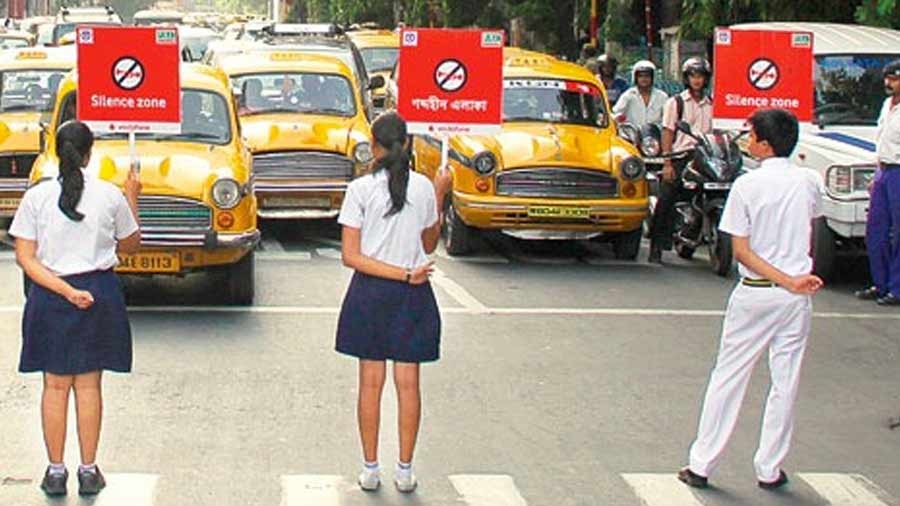
TT archives
At the point of action on the street students were armed with large but light-weight flex placards printed on both sides with the standard “No Horn” symbol used by the Kolkata Police with English and Bengali slogans developed by Response. These signs were noticeable even from a distance, particularly when they were held up by outstretched arms and moved around a 30-degree arc.
Supplementing these placards were leaflets – cheap paper, eye-catching graphics – clearly explaining in English, Bengali and Hindi the reasons why excessive honking was harmful. These leaflets would be given to the drivers when traffic paused waiting for a change of lights.
The final punch in street-level communication was delivered by the students yelling “NO HORN” with full-throated power at any car that drove through the silence zone and dared to honk. It was power manifest. They loved it!
………………………………
Calcutta continues to be a city where rickety Ambassadors still belch out smoke and drivers honk away as if every honk was going to add to their Puja bonus.
And yet, even 20 years after the effort when we run into mid-career professionals who recall their early brush with active citizenship with a glow and brim with memories of their battle to stop honking and polluting vehicles in the city where they grew up, there is satisfaction and a feeling of hope.
Perhaps getting the kids out onto the streets wasn’t totally a lost cause.
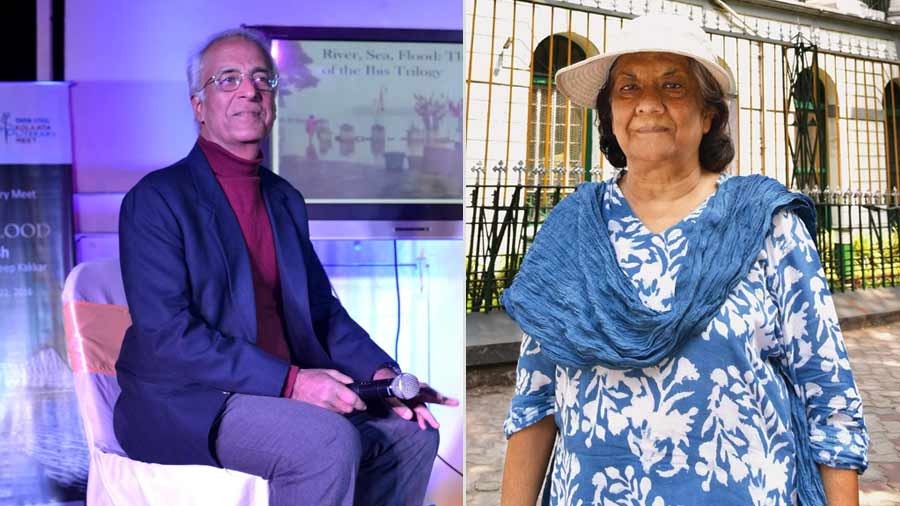
Pradeep Kakkar and Bonani Kakkar
